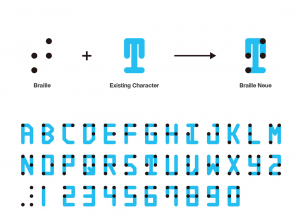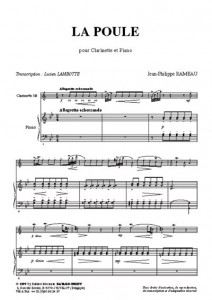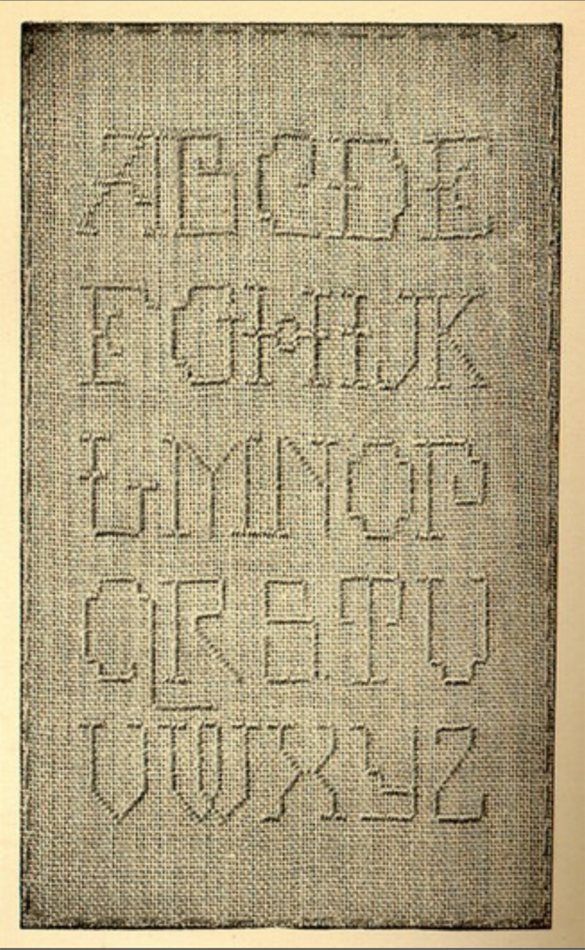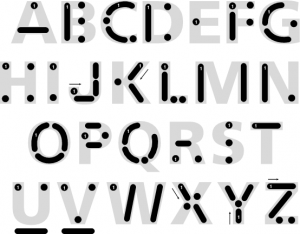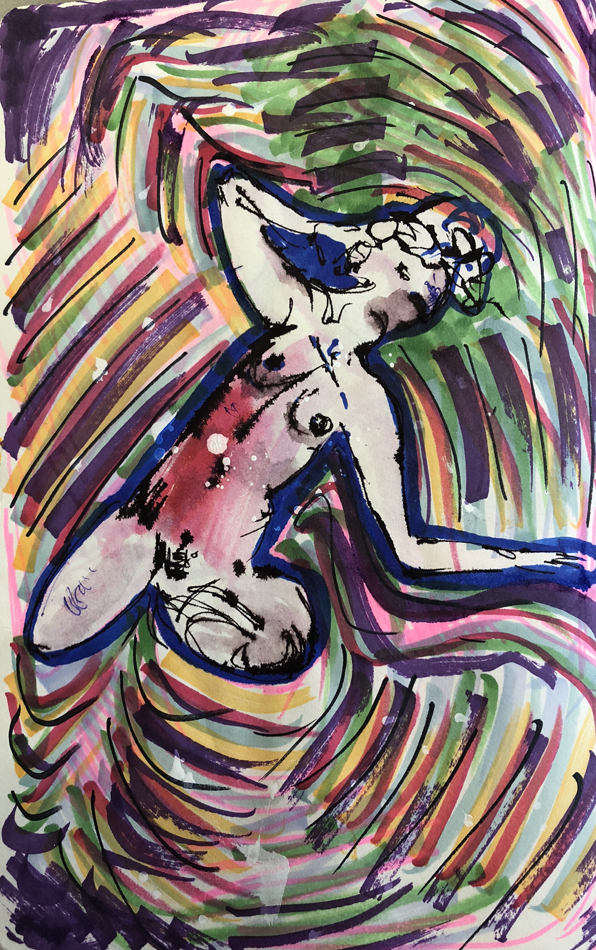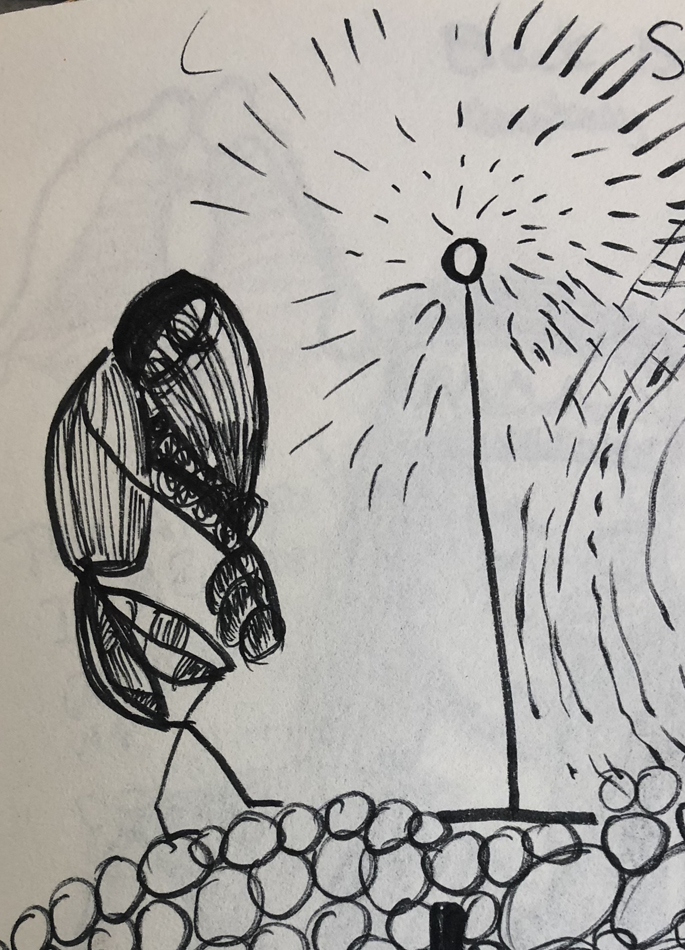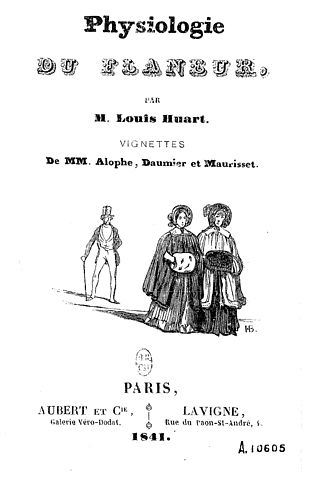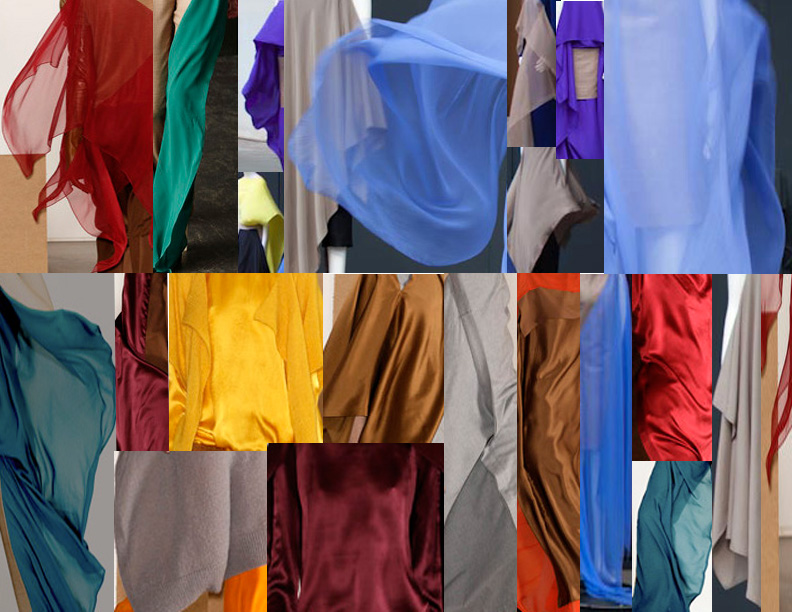
Guy DEBORD - Concept of "Derive"
How could people renounce to act, to move into a defined space?
“Follow the line. Walk. Turn left. Straight on. Turn right.”
Everyday is the same way. Wake up, go to work, one way. Finish work, go back home, same way. Same streets. Same sidewalk. Same hall. Same way to move into a defined space. I’m bored. I have the feeling of being programmed. I walk as an automate. The way I’m moving is determined by the space. A space, which has been built to create a certain kind of movement. Movements chosen by the hand of the architect.
I’m bored.
I want to derive.
I want to EXPLORE.
I want to be excited.
Let’s break the routine.
Let’s take the chances as a guide.
Let’s follow the chances.
The derive is defined by Guy Debord (a French Marxist theorist, writer, filmmaker, member of the Letterist International, founder of a Letterist faction, and founding member of the Situationist International) as a fast technical way to go through different atmospheres. It is deeply linked to the space and to how people recognize it. The right words are “the psychogeographical thought”.
The human being evolves during his life through different spaces. He is acting, moving because of his feelings but also because of the space he is in itself. If the space is small, without windows, just made of walls, he will turn around in circles like a wild beast, searching for some space to explore. Put him into a wide space, with no walls, maybe he will run, maybe he will walk but he will have the freedom to explore. The space, thus, determines our behavior.
The chances has an important repercussion on the derive, even if the mind and feelings about the space, are still the elements which affect your choices. You’re walking in the street without any goal, you want to get lost, to explore. To your left, there is a narrow passage, it seems calm and quiet. To your right, there is a big street, noisy and full of people. Which one would you choose? Which path will attract you the most? Your feelings will help you choose.
The derive is something you can do by yourself, alone, but it has more impact in a small group. People can help you discover different places you don’t know, they can help you appreciate it. Also, a group of 4/5people maximum can create a different energy than if you were just by yourself.
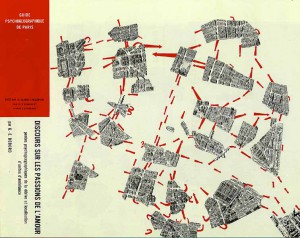
The exploration supposes a kind of calculus which helps you to know where you are going. That’s what the map is for. In your daily life, you just know the streets you need to take to be at specific places. Take a map and start to look at what is around you will help you to understand how the city is built and how you can play with it.
“What if today, I decide not to turn left but I chose to go right, to get to my office?”
A small change of your routine can have a very positive impact on you. Your attention will be different so you will start to feel the pleasure of the unknown.
First cover Guy Debord’s book
In architecture, the derive creates new spaces, new ways to go, to move and to determine the space.
Everyday you take the lift, go to the 3rd floor and open the second door on the left to your office. No excitation. Tomorrow, you will climb the stairs, try a new way to move and you will rediscover a place you thought you knew.
Why not create a place where the owner could remove the walls to make the space bigger or smaller? A place where he could be his own architect, a place where, he has everyday, the possibility to create his own space. For example, in 1955 a building was built in New-York in which three four room apartments could be turned into a big twelve room apartment thanks you moving walls.
Also, one of the most famous architecture of De Stijl movement, the “Schröder House”, illustrates very well this idea of transformable space. The Rietveld Schröder House in Utrecht was built in 1924 by Dutch architect Gerrit RIETVELD for Mrs. Truus Schröder-Schräder and her three children. She commissioned the house to be designed preferably without walls. It is visually very simple with its use of primary colors and geometric shapes. The outside-inside boundaries seem to blur, thanks to its many windows that open up completely to welcome nature indoors.
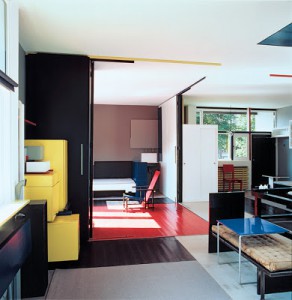
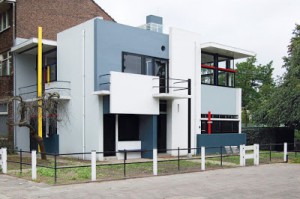
This house is a great exemple of a home you could easily transform to suit the weather, your mood. The simple and straightforward house was made using long-lasting, affordable and standard materials like concrete, glass and wood, with floors made from rubber and even some small cork areas in the bedrooms, for standing when getting out of bed. A doorbell and a long horizontal window that only open a small area to receive the post straight to the working desk inside. Upstairs, three bedrooms and a living room area around a central staircase and fireplace can be dynamically turned into a open big open space when opening wide up the sliding the walls.
The whole idea of derive deeply echoes Constant’s work. After WW2, the artist saw the destroyed cities as a possibility to rebuild them in a different way. He started to think about a New Babylon, a city that would offer to his citizens a new way of life, a new way to explore the space. Stairs, ladders, open spaces, light… Everything in his mock ups gave the user the possibility to create his own space, his own movements, his own rules. On a certain level, we can say that Constant wanted to give us the possibility to derive. This idea echoes Guy Debord ’s sentence, “One day, people will build cities to derive”.
To my mind, i think that with or without those utopic cities, we already have the possibility to derive. As human beings, we are building our own limits. If we decide to see our everyday life as a playground, if we push ourselves out of our landmarks, out of our comfort, we became the actors of our derive. The main problem of derive is finally how we accept to deal with the notion of freedom, the freedom we are giving to ourselves.
